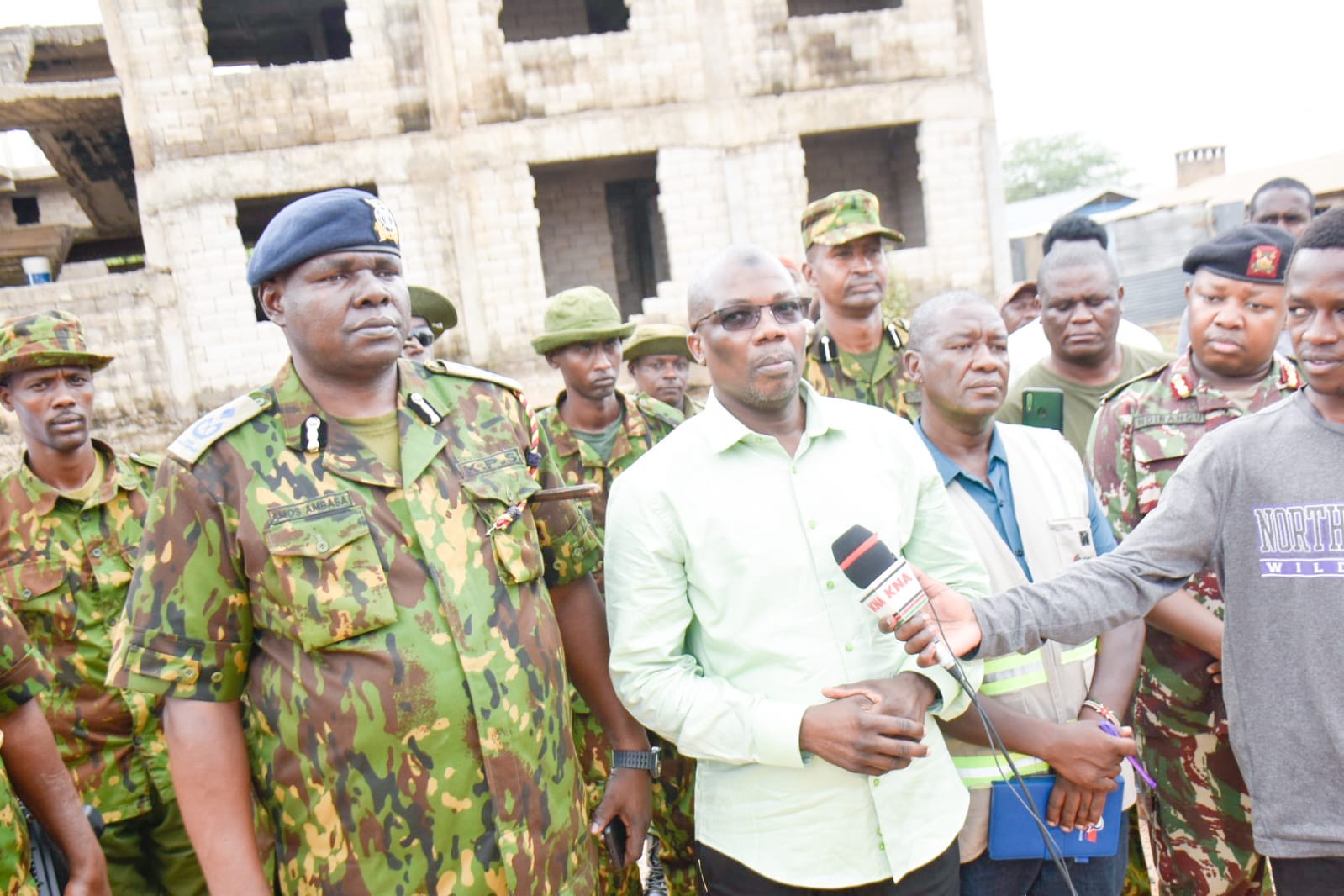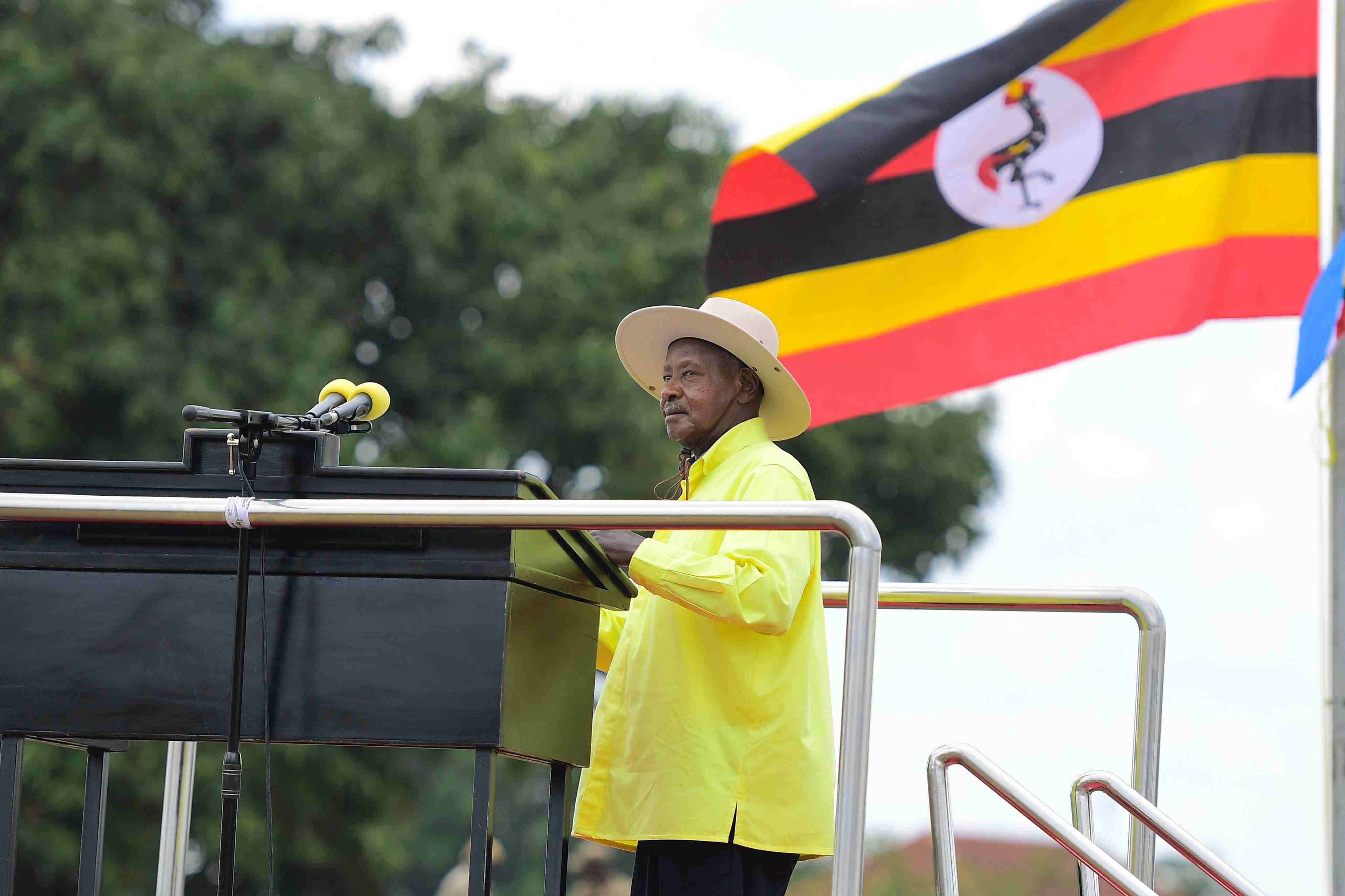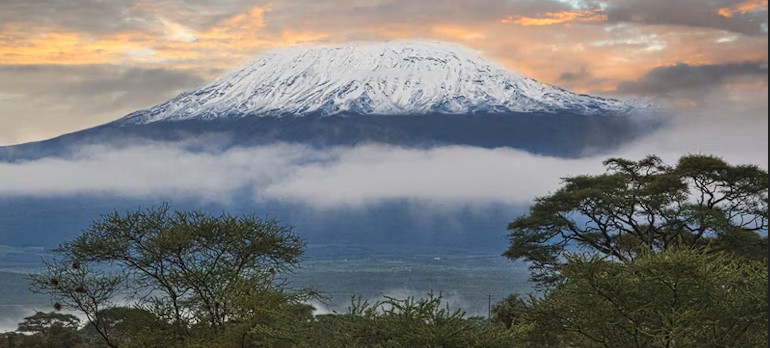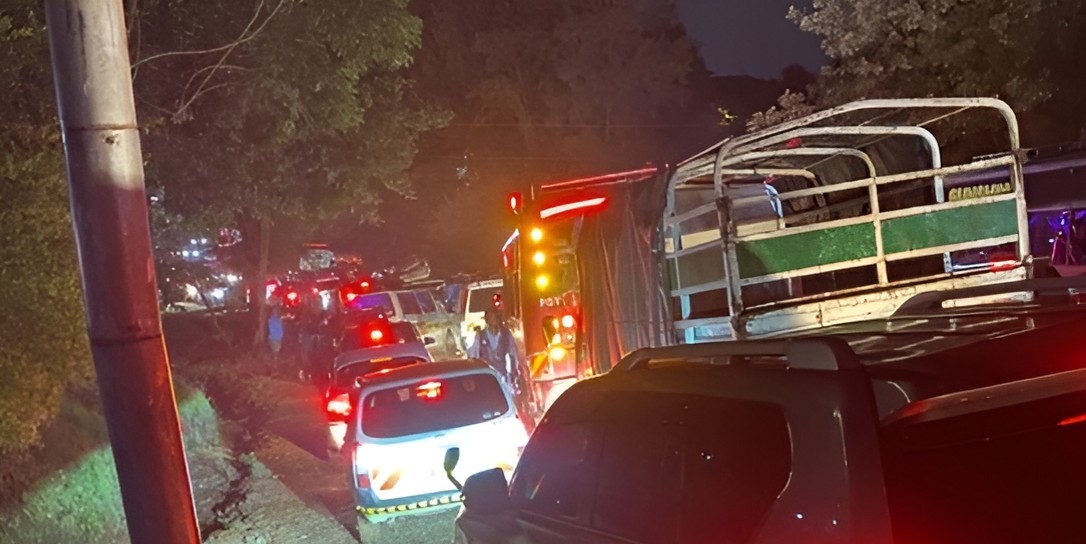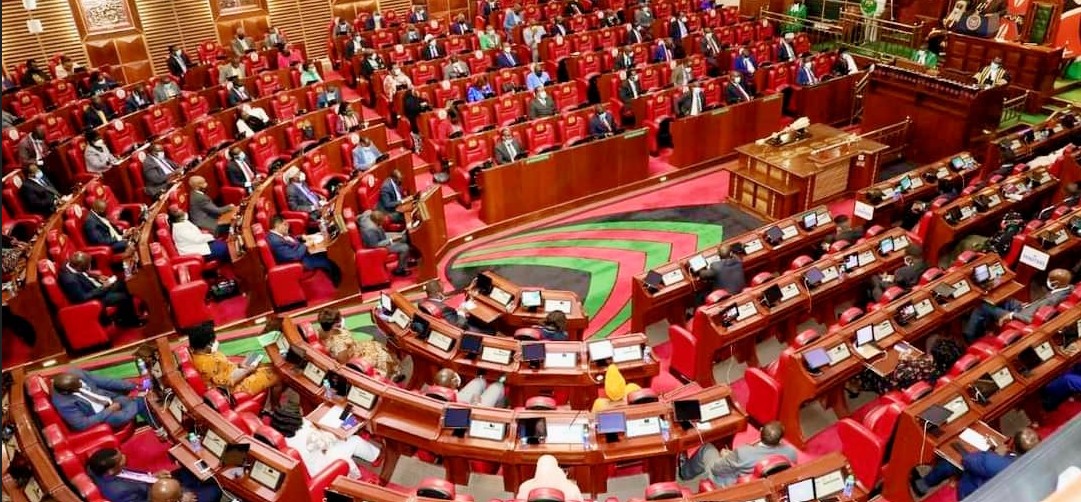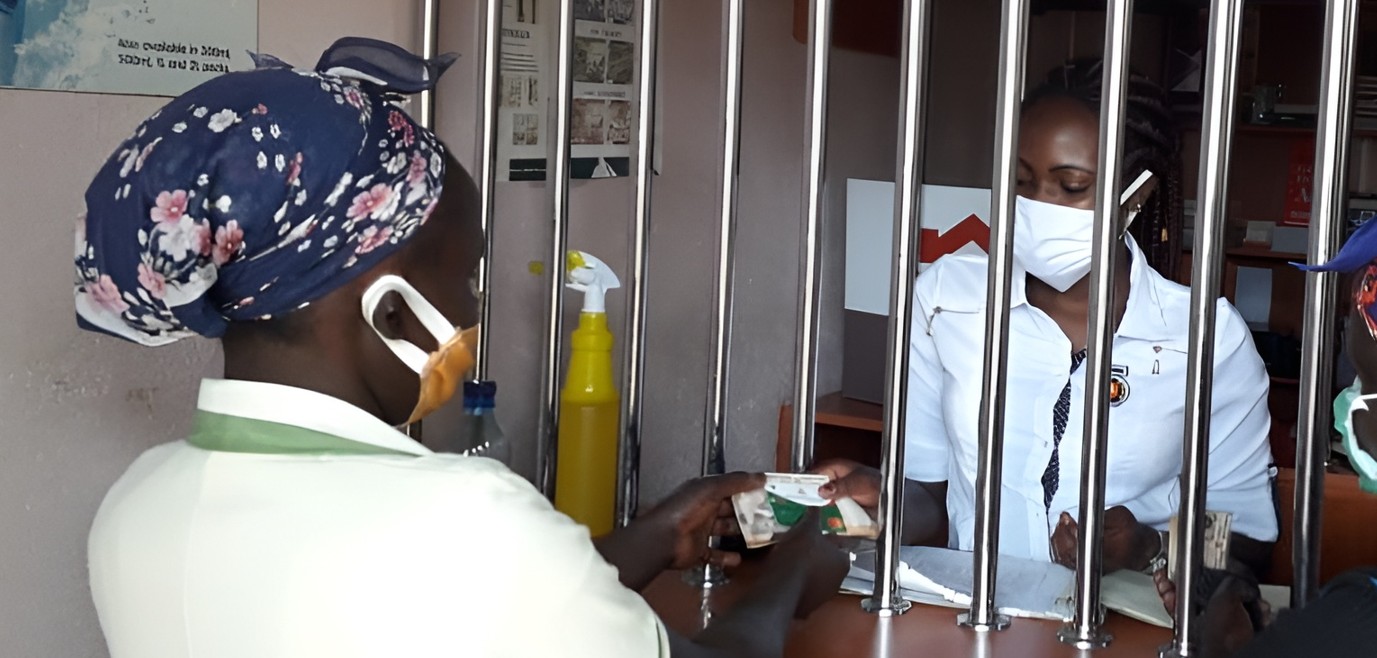Bad weather, safety gaps blamed for Ghana helicopter crash that killed ministers
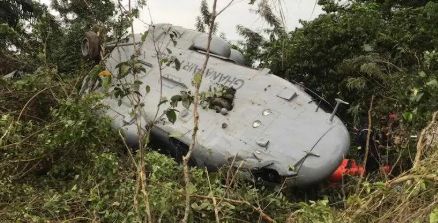
According to Captain Paul Forjoe, a retired pilot and aviation engineer who led the investigation, the 12-year-old Chinese-made Harbin Z-9 helicopter was technically fit to fly but was missing important safety upgrades.
An official investigation has found that the August military helicopter crash in southern Ghana, which killed eight people, including the Defence and Environment Ministers, was caused by bad weather and poor visibility.
The report, released on Tuesday, also cited sudden changes in wind and poor visibility over hilly terrain as factors that caused the helicopter to lose control.
More To Read
- Parliament demands safety report on flight training schools after series of crashes
- Africa imports over 70 per cent of its medicines — Local production of ingredients could change that
- Ghana suspends all boxing activities following boxer’s death
- Should African countries lower the voting age to 16? Views from Ethiopia, Ghana, Kenya and Nigeria
- Colonialism and climate risk are connected: evidence from Ghana and Senegal
- Mónica’s story: The woman shipped from Ghana to Portugal in 1556 to stand trial for using traditional medicine
"The accident was caused by the sudden loss of altitude and lift due to downdraft, a phenomenon consistent with environmental turbulence," the report reads.
According to Captain Paul Forjoe, a retired pilot and aviation engineer who led the investigation, the 12-year-old Chinese-made Harbin Z-9 helicopter was technically fit to fly but was missing important safety upgrades.
He pointed out that it lacked a terrain awareness and warning system (TAWS), which helps pilots detect and avoid obstacles on the ground.
The investigation also flagged weaknesses in Ghana's aviation system, including scarce navigation aids, no simulator training for air force pilots and the absence of real-time flight tracking or weather updates along the planned route.
"There was no information on the weather along the flight route available to the pilot," said the report.
The investigation was conducted by Ghanaian authorities and US aviation experts, with assistance from the helicopter's Chinese manufacturer.
Ghana's Defence Minister Edward Omane Boamah and Environment Minister Ibrahim Murtala Mohammed were among the eight people killed in the August 6 crash. The remaining fatalities comprised three other senior officials and an equal number of Air Force servicemen.
The accident occurred as the ministers and other officials were travelling from the capital, Accra, to Obuasi, a mining town in the southern Ashanti region. Ghana's government described the incident as a national tragedy.
"The president and government extend our condolences and sympathies to the families of our comrades and the servicemen who died in service to the country. All flags are to fly at half-mast until further notice," Chief of Staff Julius Debrah told reporters in August.
Top Stories Today


